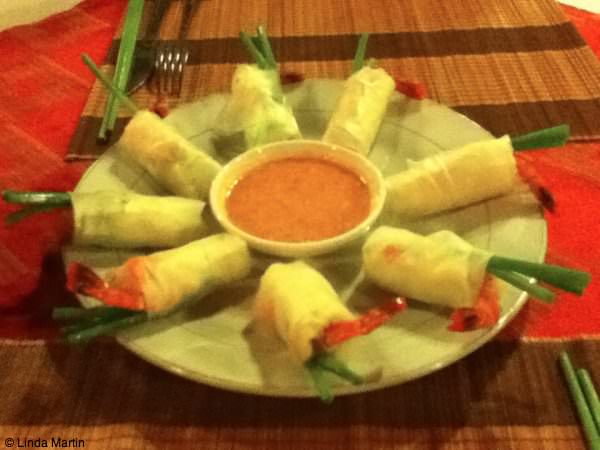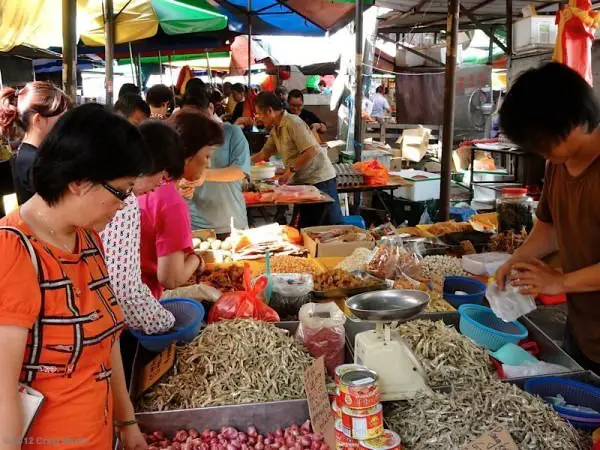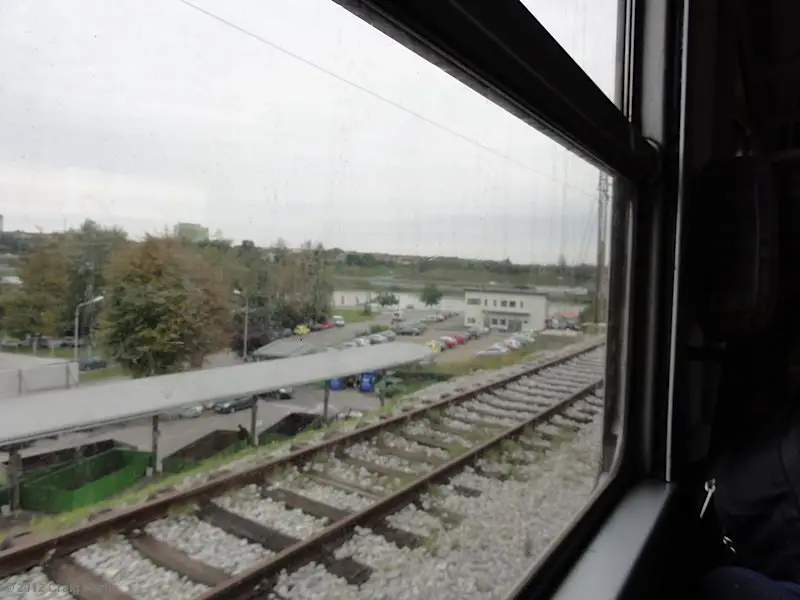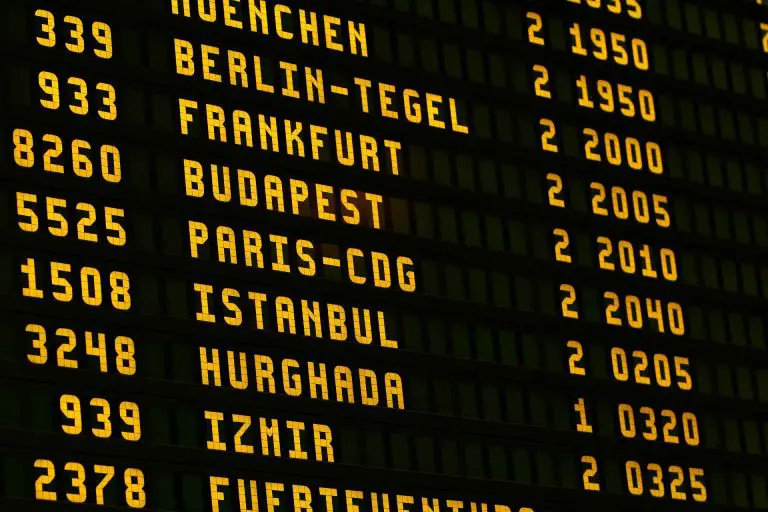How to find authentic food while travelling
For me, food is at the center of travel. I love all the sorts of other experiences I have when I’m traveling, but it’s food that gives me the most satisfaction. I love seeking out something new, meeting and talking with people along the way and going to parts of a city or an area that I might not have been otherwise. I love eating new things, even when I don’t like them, and learning about the culture of a place through its food. Food is a culture, art, history, tradition, and social culture all wrapped up into one, and can be a powerful communicator of what a place is like.
But there’s nothing that ruins this faster than ending up in a tourist restaurant. I’ve seen spaghetti bolognese on menus in Indonesia, huevos rancheros in Peru and hamburgers in Vietnam — and yes, I know locals might actually eat those things sometimes, just like I like a good piece of sushi back in the United States, but that’s not the sort of cultural I’m generally looking for. It can be difficult to find the authentic, especially in the cities with a substantial tourist scene, but here are some things to keep in mind when you’re trying to eat like a local:
Drop your guidebook
In my experience, most guidebooks focus on restaurants that will be comfortable, consistent, and safe – which often means touristy. Some books are better than others (Lonely Planet’s Shoestring guides tend to list more-authentic places), as are books for certain places (Vietnam has such a sought-after street food scene that books tend to list authentic street food options in a separate box or column).
 Toss that guidebook aside and use other resources – like Wikitravel, online message boards, internet searches (search for things like “Buenos Aires street food”), and other people (I’ll get to that in a moment) to get recommendations for what you want.
Toss that guidebook aside and use other resources – like Wikitravel, online message boards, internet searches (search for things like “Buenos Aires street food”), and other people (I’ll get to that in a moment) to get recommendations for what you want.
Talk to people
The best pho experience I had in Vietnam came from asking the receptionist at our hotel where we should go, specifying that we wanted to go where the locals go. Sometimes hotel staff will keep it safe, like the guidebooks, so make sure to specify you want to know where they and other people who live there like to eat. Additionally, other travelers can make a great source of information. When you meet travelers who seem the sort to like good, authentic food, ask them where they’ve been or if they’ve heard of good places to go.
Keep your eyes open
Take note of where the locals are eating, and head to those places. As you’re walking down the street, notice which places are full and which are empty, and which are mainly full of locals and which are mainly full of tourists. Take particular note of places with mostly locals and a few tourists that have a sort of “deer-in-headlights” look. That’s probably a good sign that they feel a little out of their element, and that it’s probably a pretty authentic place.
Go to markets
Many international cities have a central market or a series of smaller markets throughout the city – like big, permanent daily farmers’ markets. There are usually food stalls or restaurants mixed in with everything else, and they tend to be very authentic and with high-quality ingredients, since they can source from everything around them. Markets are also perfect for getting a better understanding of what sort of fruits, vegetables, and other products are used in an area. If there’s signage indicating prices and other information, you can probably even start to learn the words for specific ingredients. (More on learning food words, below.)

Follow your nose
I don’t know that anyone has ever followed a great scent to end up at a tourist restaurant. Or maybe they have, but it’s far more likely that the scent of fresh-baked bread, freshly grilled fish, or a barbecue pit is going to lead you to a local place. (Exception: Subway restaurants, which appear to be in every city in the world, will always smell like fresh-baked bread. Don’t let that fool you.)
Don’t be afraid
Eating in other places can be a little overwhelming, especially when there’s a language barrier and you’re not sure about cleanliness. Getting sick while traveling is never fun, and dangers can be lurking almost anywhere. But locals like to get sick just about as much as you do (and that means not very much), so anywhere where there are a lot of locals eating regularly is a fairly safe bet. Besides, it’s tourist restaurants, with their huge and varied menus, that end up with ingredients and dishes in the kitchen that have been sitting around for long periods of time.
Busy local restaurants, which usually have smaller menus, have fast turnover in ingredients and things are more likely to be fresh. And remember that in the United States and many other Western countries, we have standards of cleanliness that other cultures see as over-the-top. Most of the world gets by on a little bit less, and does just fine. (That said, one rule that has done very well by me is “don’t eat foods set to incubate” – stews, sauces, and other juicy items that are set at warm but not boiling temperatures are perfect habitats for incubating bacteria. Locals may be used to it and not get sick, but that might not end up the same way for you.)

Be flexible
Eating in local places often means you have to be flexible. I’ve eaten in many dozens of places where the language barrier meant we sat down, held up fingers to indicate how many orders of something we wanted, maybe pointed to a menu item if we knew what we were looking for, and waited to see what plopped down in front of us. This is not the time to ask detailed questions about the food, to request substitutions or changes, or to be a picky eater. (Again, there are some exceptions – I’m allergic to shellfish, for instance, and in many Thai restaurants I would point at the papaya salad on the menu, then make an X through a picture of a shrimp on that or some other page. Somewhat surprisingly, they always understood what I meant.) Many places may only have a handful of items on their menu, so if you’re not by yourself make sure that there aren’t a variety of desires in a group that will make eating at one place difficult.
Learn some basic food words
In my first few days in a place I try to figure out some of the basic food words – like chicken, fish, pork, rice, noodles, bread – that I can use as indicators to help me pick things to order and places to eat. Guidebooks usually name a few local dishes in their “eating and drinking” section, and together with that, studying signage on the street, and comparing names to what I order in the first few days, I can usually cobble together a dozen or so food words in any language. And as I mentioned above, markets can be a great venue for learning food words.
Order what others are ordering (especially older folks)
If you’re struggling to figure out what to order – you don’t speak the language of the menu, and there’s too big of a selection to just hold up some fingers and see what happens – take a look at what people around you are eating. If something looks good, indicate you want what they’re having. Take a look at older diners in particular to get something more authentic or traditional.








These tips are incredible. I’ve been doing a few of these in my own travels without realizing, but it’s super helpful to see all of these ideas listed out so I can add them to my arsenal of strategies of hunting down yummy, local food! Thanks 😀
One can never go too far in finding great food!